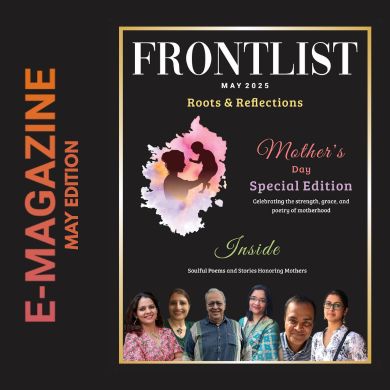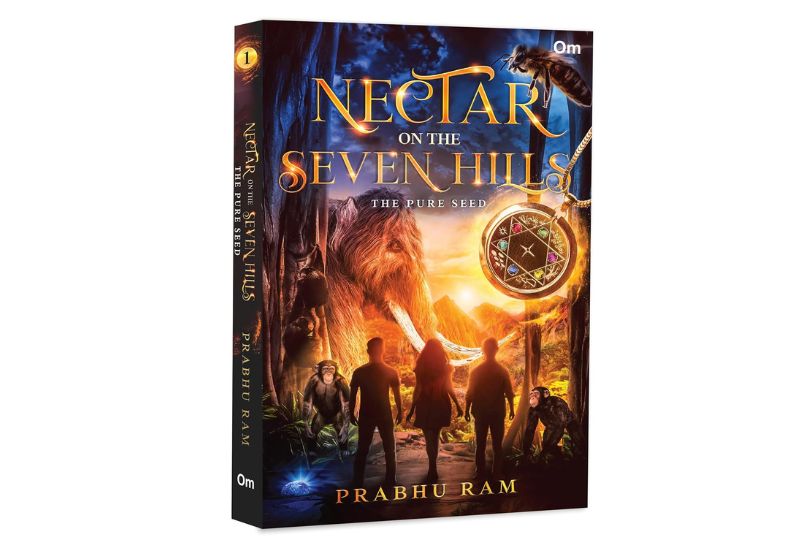1,464 volumes, 74 years, and counting: the making of the world's biggest Encyclopaedic Sanskrit Dictionary
on Sep 26, 2022
.jpg)
After several years, the doors of the famed Encyclopaedic Sanskrit Dictionary's scriptorium and editing room at Pune's Deccan College Post-Graduate and Research Institute were opened to students and the general public. The year that this massive dictionary effort, which began in 1948, was completed is unclear. However, the ultimate word count is expected to exceed 20 lakh, making it the world's biggest Sanskrit dictionary.
The Initiative
Linguist and Sanskrit Professor SM Katre, who founded India's oldest Department of Modern Linguistics at Deccan College in 1948, thought up this one-of-a-kind initiative and served as the dictionary's first General Editor. Prof. AM Ghatage later improved on it. The endeavor is a textbook illustration of the meticulous, diligent, and unwavering efforts of Sanskrit proponents over the previous seven decades.
The present torchbearers of the Encyclopaedic Sanskrit Dictionary project are a group of roughly 22 Sanskrit teachers and researchers who are working on the 36th book of the dictionary, which includes the first alphabet".
Between 1948 and 1973, over 40 researchers studied 1,464 volumes from the Rigveda (roughly 1400 B.C.) to Hsyrava (1850 A.D.) in search of terms that could be added to this unique dictionary.
They addressed topics such as the Vedas, Darana, Sahitya, Dharmastra, Vednga, Vyakarana, Tantra, Epics, Mathematics, Architecture, Alchemy, Medicine, Veterinary Science, Agriculture, Music, Inscriptions, Indoor sports, combat, polity, anthology, and more.
In the pre-digital era, these academics jotted down information about each new word on little paper reference slips. They included information such as the title of the book, the context in which the term was used, its grammatical type (noun/verb, etc.), citation, remark, reference, precise abbreviation, and text data. It was signed off on by the slip's originator and verifier.
It took these academics 25 years to finish the word extraction procedure from around 1,464 books in order to create one crore reference slips. All of these paper slips have been carefully maintained in one of the most uncommon scriptoriums - the soul of the dictionary - within over 3,057 precisely built metal drawers. They have also been digitized and digitally saved.
Word-by-word
While the terms in this dictionary are listed alphabetically, the meaning is stated using historical principles. The dictionary includes extra information, references, and context of the corresponding term used in certain literature, in addition to the word definition. As a result, it is an encyclopedic dictionary in which words are ordered in the historical sequence in which they appear in the text.
For example, the word beginning with the letter", such as Agni, will have all citations from Sanskrit literature beginning with gveda and references from works after gveda, in chronological order. This allows the reader to grasp the world's historical evolution.
"Depending on the context of use and books, a term can have anywhere from 20 to 25 different meanings." The initial draught, known as an article, is published once all possible meanings have been discovered. This is then proofread before being given to the General Editor for his initial approval. After finalizing, the one-word piece is prepared and delivered to the press. Before it is published as a dictionary entry, it is proofread once more by scholars and the General Editor." remarked Sarika Mishra, a Project Editorial Assistant.
Publications
While the first book took three years to print in 1976, technology involvement and a proprietary program with a typeface called KoshaSHRI have sped up the process.
We can now publish a volume in just over a year. "A volume has around 4,000 words," stated Onkar Joshi, the Project's Editorial Assistant.
In the event that any missing material is discovered in the reference slips, the academics re-read/scan the 1,464 now-digitized volumes, thereby doubling their reading of the massive Mahabharata (18 Parvans), Vedas, and other texts.
" We can now effortlessly scan through the books using the program." Previously, this was done manually, which was quite tedious," Onkar remarked.
In 35 volumes released since 1976, a total of 6,056 pages of words beginning with the first alphabet" have been published.
" Alphabet " contains the most words, and we have produced 35 volumes of words beginning with this alphabet. "The 36th volume is in the works," stated Sanhita Joshi, the Project's Editorial Assistant.
The largest and most comprehensive dictionary
Pro Vice-Chancellor Professor Prasad Joshi is the ninth General Editor and the third member of his family to work on this project, following his father and uncle.
"This is a day-to-day and minute-to-minute task," said Prof Joshi, who has been in charge of the project since 2017.
When asked if there is any language with such a deep and large vocabulary, he said, "Perhaps the English language dictionary based on historical grounds, which took over 100 years to develop, will come close." The Sanskrit dictionary, on the other hand, has a broader reach."
In comparison, the Oxford English Dictionary, which has 20 volumes and 2,91,500 word entries, is still one of the most widely used dictionaries. Another major monolingual dictionary in Dutch is the Woordenboek Der Nederlandsche Taal (WNT). In 17 volumes, it includes 4.5 lakh words.
When completed, the Encyclopaedic Sanskrit Dictionary will be three times larger. There are around 1.25 lakh vocables in the 35 volumes that have been released so far (word).
Despite the fact that the Sanskrit language has 46 alphabets and that the project would take several decades to complete, it is expected that the end result will be a dictionary with a total vocabulary of 20 lakh words.
Future
Prof Joshi's team is the vital connection between the past and the future, and they bear a great deal of responsibility for keeping Sanskrit alive. However, there is a severe shortage of Sanskrit linguists.
"Overall, language studies have lagged behind. "We need readers for the immense numbers of unread scriptures and literary works," he remarked.
However, young scholars like Bhav Sharma, Editorial Assistant and Project Secretary, are now reaching out to the public in the hopes of inspiring a few.
"We need to demonstrate to the pupils the efforts and procedures involved in dictionary creation." "We are planning student-centric events in the near future to allow for hands-on learning," Sharma explained.
Currently, all released volumes are still available in hard copy format.
The management of the institution is working hard to make digital copies available within a year.
The Project, KoshaSHRI, under which the website for online access to the Dictionary will be created, also includes bespoke software that is now being tested and developed.



.jpg)






.jpg)

.jpg)
.jpg)

.jpg)
.jpg)










Sorry! No comment found for this post.